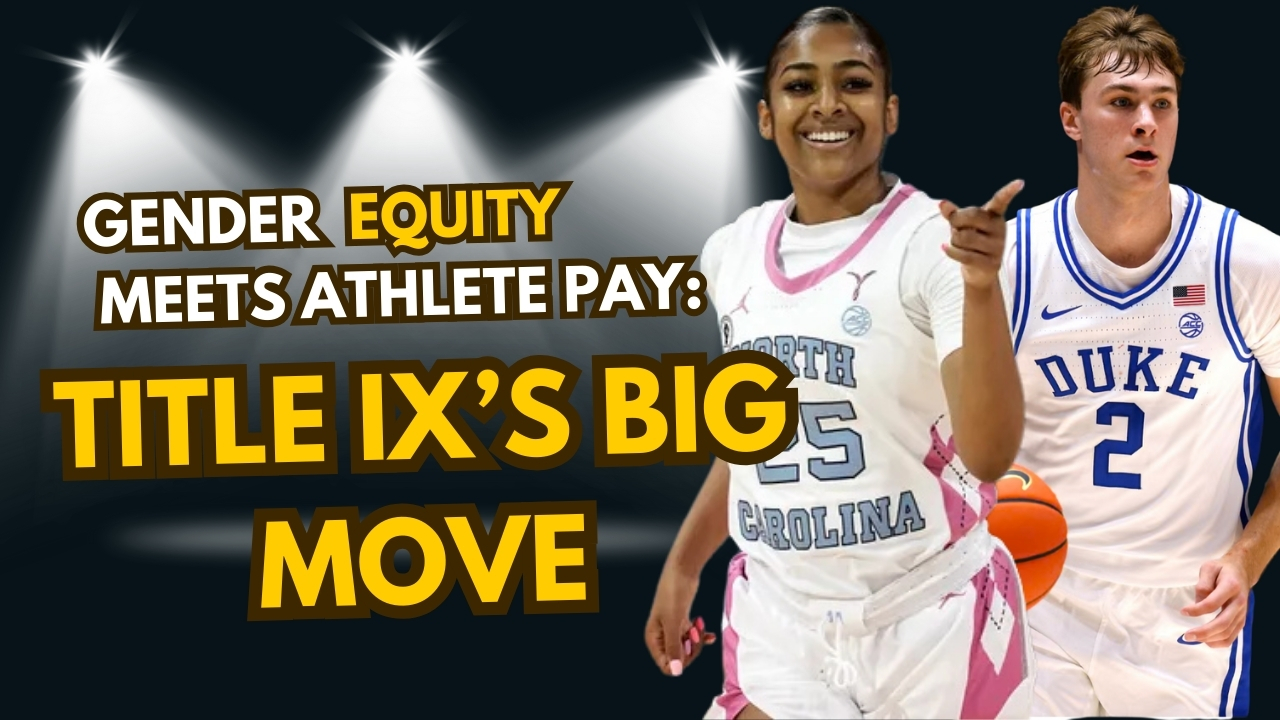The Department of Education (DoE) just dropped a bombshell that could reshape how college athletes get paid. According to the department’s recent memo, Title IX—the federal law requiring gender equity in education—applies to revenue-sharing models for student-athletes. In simple terms, schools must ensure male and female athletes are compensated fairly, even when it comes to Name, Image, and Likeness (NIL) earnings.
“When a school provides athletic financial assistance in forms other than scholarships or grants, including compensation for the use of a student-athlete’s NIL, such assistance also must be made proportionately available to male and female athletes,” the memo states. That’s a big deal, especially as more schools explore direct payments to athletes in the evolving NIL landscape.
Breaking Down the Impact
This ruling directly affects how schools handle financial assistance for athletes. Previously, revenue-sharing models and NIL deals often benefited athletes in high-profile men’s sports like football and basketball. Now, under Title IX, schools must make sure those funds are distributed equitably across men’s and women’s programs.
The guidance is clear: “Schools must demonstrate that financial assistance aligns proportionally with participation rates for male and female athletes,” a measure aimed at leveling the playing field for women’s sports. This could mean reallocating resources to ensure compliance or rethinking how revenue-sharing models are structured altogether.
What This Means for Schools
The memo puts athletic departments in a tough spot. Revenue-sharing models, which many saw as the future of athlete compensation, now face added scrutiny. Schools must ensure compliance with gender equity laws or risk losing federal funding. For institutions heavily reliant on revenue-generating sports, balancing these requirements won’t be easy.
However, the Department of Education’s ruling could be a step toward greater inclusivity in college sports. As female athletes increasingly secure NIL deals, this guidance ensures their programs receive fair financial support.
Legal Challenges and Industry Reactions
Unsurprisingly, the announcement has stirred controversy. Jeffrey Kessler, co-counsel in the House v. NCAA settlement, told Sportico, “This has no impact on the settlement at all. The injunction does not require schools to spend the new compensation and benefits that are permitted to any particular group of athletes and leaves Title IX issues to be resolved separately.”
Meanwhile, the Department of Justice (DOJ) has raised concerns about a $20 million “salary cap” included in the House Settlement. The DOJ argued that the cap wasn’t collectively bargained and could unfairly limit athlete earnings.
Looking Ahead
This Title IX guidance lands as college sports face seismic changes in athlete compensation. The onus is now on schools to ensure gender equity not just in opportunities but in financial benefits. Athletic departments will need to navigate these regulations carefully, balancing compliance with competitive demands.
For fans and athletes, this is a moment to watch. How schools adapt to this guidance could redefine the future of college sports, potentially paving the way for a more level playing field.

















 2025 McDonald's High School Dunk Contest
2025 McDonald's High School Dunk Contest






